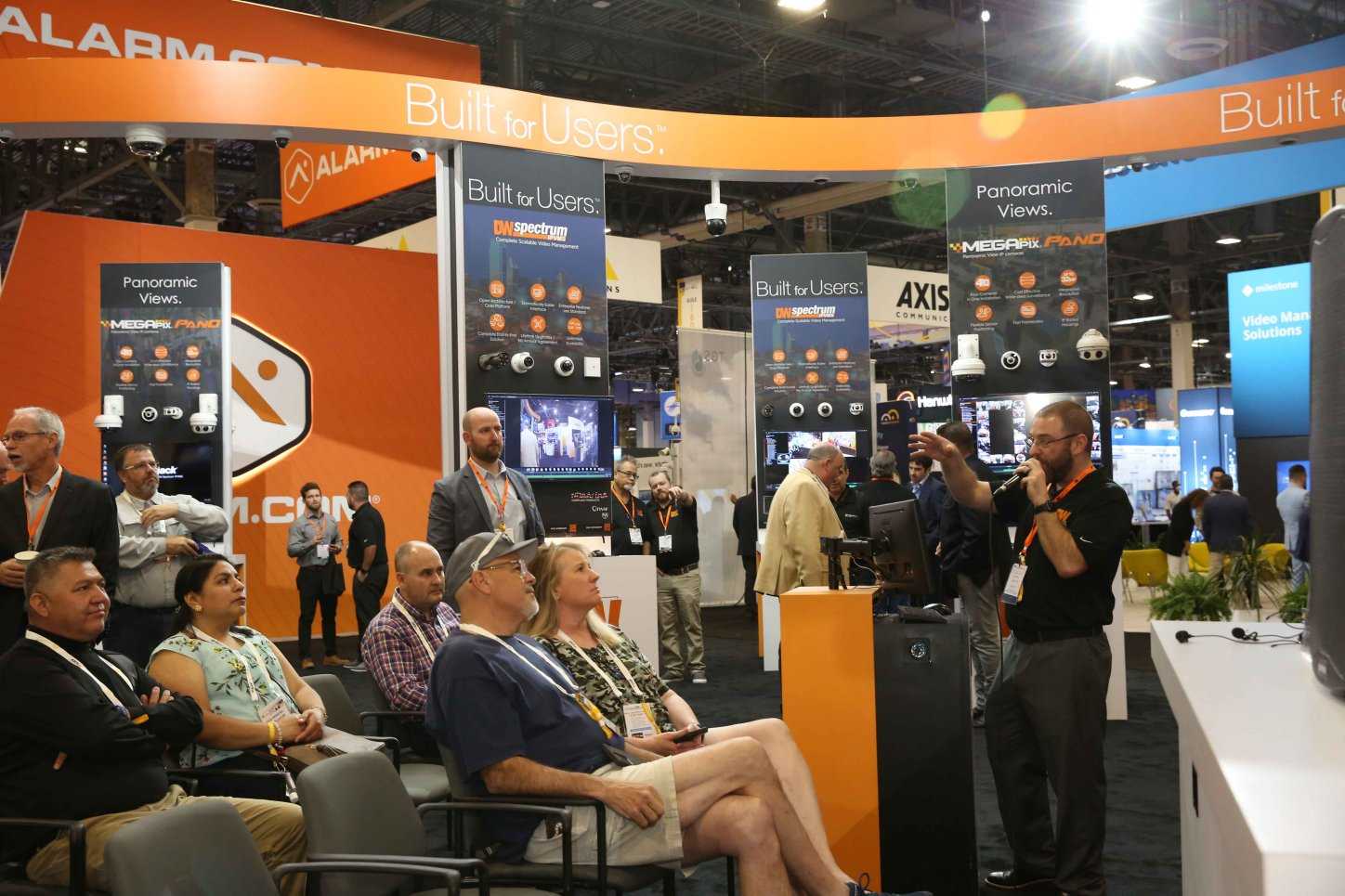If there could be only one takeaway from the recent ISC West conference, it’s video, video, video. Vendors on both sides of the residential and commercial aisles are all-in with increasingly sophisticated applications of artificial intelligence, edge video analytics, thermal cameras, and video-enabled pro-and self-monitoring features.
Big commercial video product announcements included: Bosch’s new iSeries line of intelligent security cameras integrated with its video surveillance as a service (VSaaS) solution, Nice/Nortech’s new line of Linear surveillance cameras and NVRs for multifamily, and Eagle Eye Network’s License Plate Recognition (LPR), a cloud-based cyber-secure solution that uses AI for high accuracy in weather-challenged video conditions.
Some traditional residential security monitoring providers are rapidly evolving to become technology companies, or at least position themselves that way, with deeper investment in personnel for software development and video analytics. Video services have become a huge driver for increasing residential security recurring monthly revenues (RMR) as consumer familiarity and attraction to video services has been stimulated by indoor and outdoor video solutions, including cameras, video doorbells, floodlight cameras, and other image sensors.
So, how are the pro-monitoring leaders faring with upselling subscribers to video services?
Interpret’s recent Smart Home Matrix Global™ research found ADT (31%) edges out Comcast Xfinity (29%) among consumers reporting their monitoring subscription is best described as smart home with video monitoring. While some providers sell monitoring in clearly defined subscriptions of good-better-best tiers, others (like Vivint) take more of a consultative selling approach. Still, ADT is clearly doing well with selling video services. ADT, Comcast, and Vivint offer their own camera hardware as well, capturing more revenue from initial hardware sales. In contrast, where Brinks has become more successful at upgrading subscribers from basic monitoring to smart home services, it still has a way to go to become competitive in its share of subscribers contracting for video services (16%).
“The rapid advances of video analytics at the hardware, dealer, and monitoring center levels are transforming the security industry, enabling it to greatly strengthen its value proposition in order to differentiate from DIY alternatives and capture more RMR,” said Interpret Vice President Brad Russell. “Of course, all AI is not created equal, and companies need to carefully distinguish their solutions from commoditized services that others are offering.”
Learn more from Interpret’s recent report, Smart Home Matrix Consumer: Smart Cameras and Video Services. Watch for our upcoming report Smart Home Matrix Consumer: Consumer Segmentation and Brand Alignment that will include a deeper brand comparison across leading pro-security and DIY security brands.




